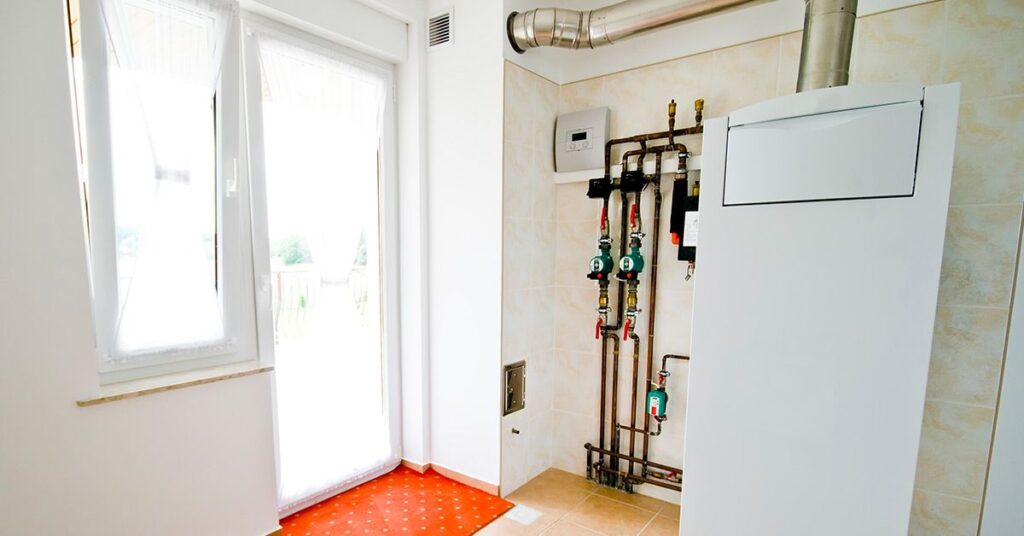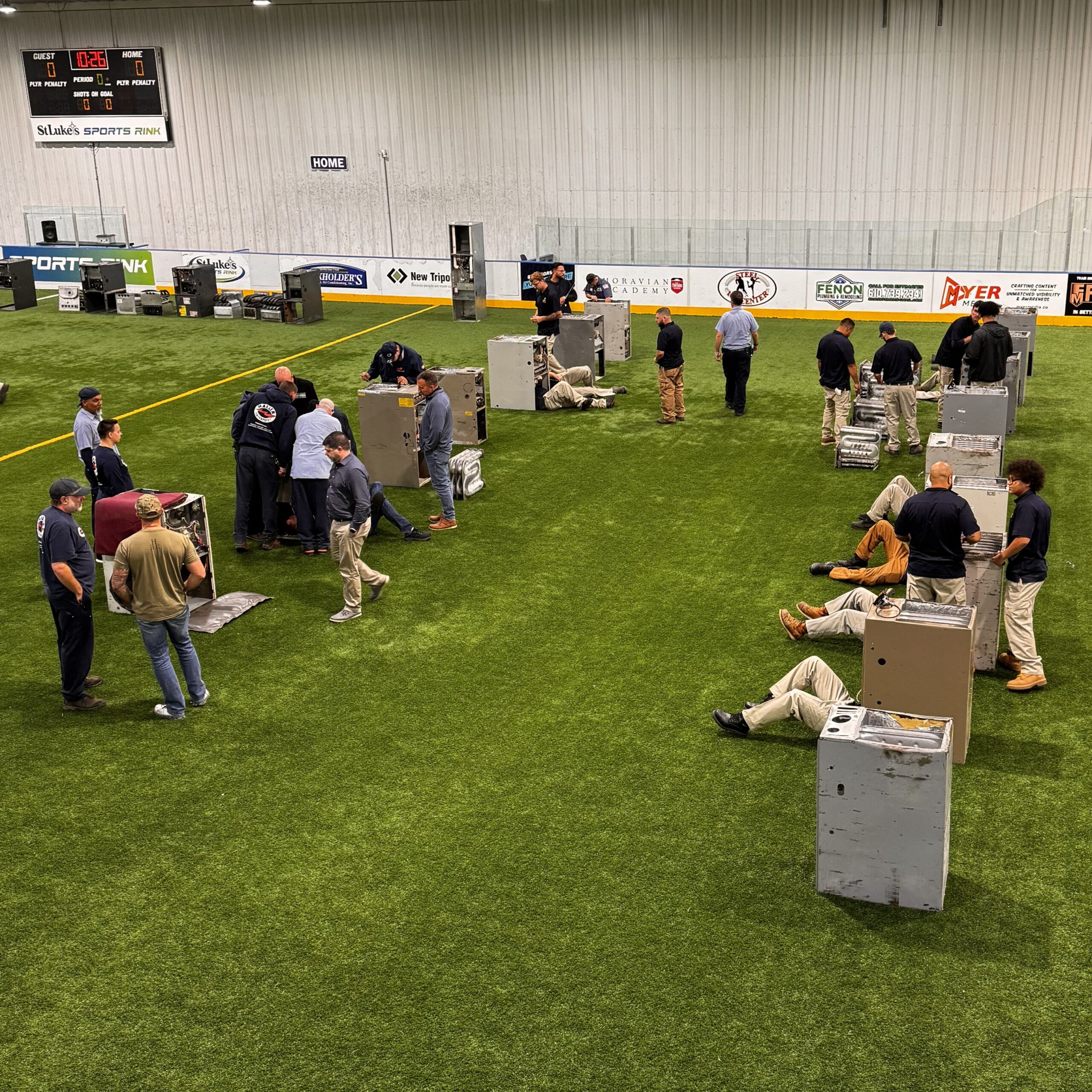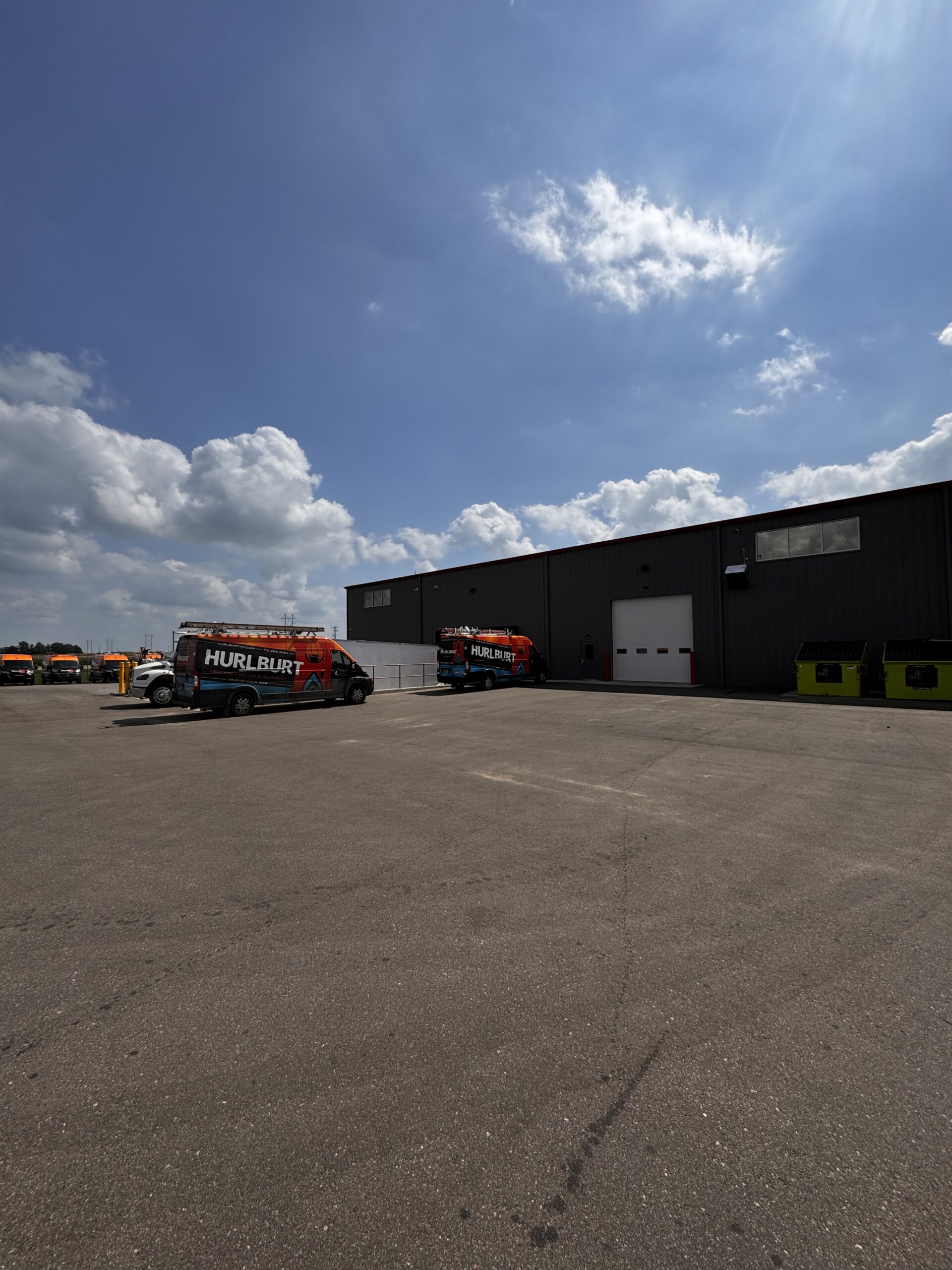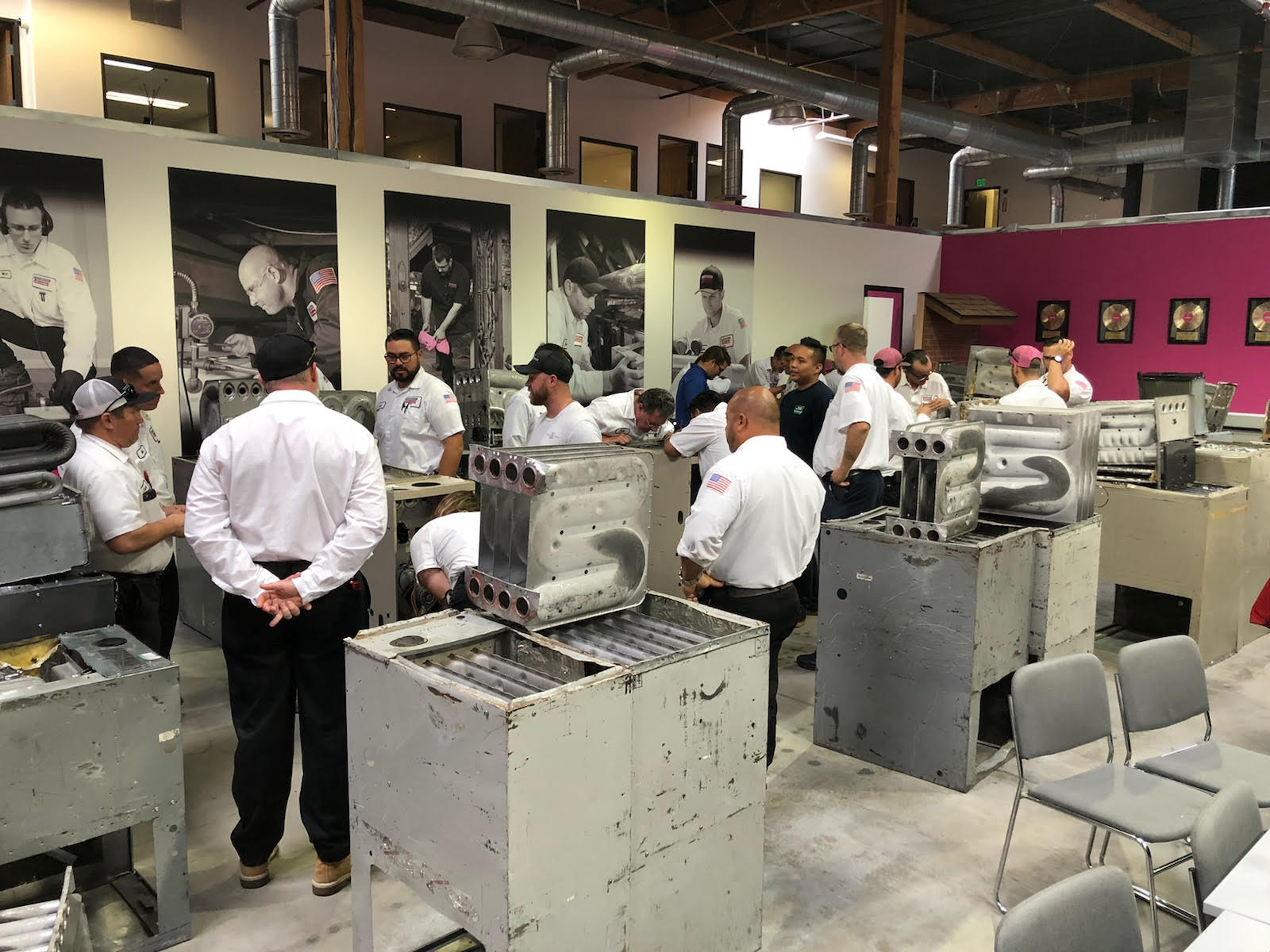How to Spot a Crakced Heat Exchanger Before it Becomes a Hazard
Cracked heat exchangers aren’t just a winter concern—they can compromise indoor air quality, reduce system efficiency, and pose serious safety risks any time of year. Whether you’re working on a residential air conditioning unit with a heat pump or performing routine HVAC system maintenance, knowing how to identify signs of a cracked exchanger is a must for every HVAC technician.
Cracks in a heat exchanger can lead to leaks of carbon monoxide (CO) and other combustion byproducts, exposing occupants to harmful gases and increasing the risk of system failure. Here’s what to look for—and why catching these problems early matters.
Understanding the Heat Exchanger’s Role
A heat exchanger is the heart of your furnace or central heating system. It works by transferring heat from burning fuel (such as natural gas or oil) to the air circulated through a building. This process uses principles of convection, thermodynamics, and fluid dynamics to move energy safely and efficiently, keeping combustion gases like carbon monoxide sealed off from breathable air.
Heat exchangers can be found in a range of HVAC systems, from boilers and plate chillers to chillers, compressors, and recuperators. Their design, material composition (e.g., stainless steel, aluminium, copper), and operating temperature tolerances all influence durability and performance.
Warning Signs of a Cracked Heat Exchanger
Here are the key symptoms every HVAC professional should recognize when inspecting a furnace heat exchanger or related system:
- Unusual Odors
A chemical or burning smell, often resembling formaldehyde, may indicate exhaust gas is leaking into the air stream. This is a red flag for a crack or flue issue. - Yellow or Flickering Flame
A steady blue flame indicates efficient combustion. If the flame is yellow or unstable, it could mean oxygen is being disrupted due to a crack in the furnace or altered airflow patterns. - Soot or Carbon Buildup
Soot deposits inside or around the combustion chamber suggest incomplete fuel burning, often due to a misdirected stream of gases caused by a structural crack or worn surface. - Strange Noises
Cracks may lead to rattling, popping, or banging sounds as metal alloys expand and contract under heat. This is especially common during startup cycles and pressure shifts. - Moisture Around the Unit
Water vapor or pooling near the system could result from a compromised condensing boiler, heat recovery ventilation system, or evaporator. Cracks can affect latent heat exchange, leading to visible condensation. - CO Detector Alarms
Repeated alarms from a carbon monoxide detector with no known appliance malfunction is a serious indicator that flue gas or CO may be leaking through a damaged exchanger.
Why Early Detection Matters
Even during warmer months, HVAC systems run for air conditioning, dehumidification, and ventilation. Ignoring signs of a cracked heat exchanger during a June tune-up could mean serious problems arise later.
Cracked heat exchangers are not repairable and pose serious risks:
- Hazard Prevention: Cracks allow toxic gases like CO and nitrous oxide into living spaces, risking poisoning and long-term health impacts.
- Equipment Efficiency: System inefficiencies increase fuel consumption, elevate operating costs, and reduce thermal efficiency.
- Component Damage: Cracks affect pressure, cause corrosion, promote fouling, and contribute to wider wear and tear across the system.
- Regulatory Compliance: HVAC pros must follow guidelines from ASHRAE, OSHA, and the American Society of Mechanical Engineers (ASME) regarding safety and inspection standards.
Advanced inspection tools—like thermal sensors, microchannel cameras, and combustion analyzers—are key to identifying these issues accurately.
FAQ: Cracked Heat Exchangers & HVAC Safety
- How do heat exchangers crack in the first place?
Cracks are caused by thermal stress, rapid temperature fluctuations, improper airflow, or age-related material fatigue in components like tubes, baffles, and walls. - Can you fix a cracked heat exchanger?
No. Cracks cannot be safely sealed or repaired. The only safe option is replacement of the heat exchanger or the entire furnace. - Do cracks only form in winter?
No. Heat exchanger cracks can form any time the system is under stress—during air conditioning, dehumidification, or water heating cycles, particularly in combined HVAC units. - What’s the risk if I ignore a crack?
Ignored cracks can lead to carbon monoxide poisoning, combustion chamber failure, and even chimney or flue blockage. Delays increase risk and repair costs. - How do inspections help prevent hazards?
Annual inspections using modern diagnostic tools allow technicians to detect early signs of damage, reduce risk, and optimize system performance year-round. - Are modern heat exchangers more durable?
Yes. Modern systems use improved materials like titanium, ceramic coatings, and micro heat exchanger designs that minimize stress, corrosion, and pressure drop.
Train With the Heat Exchanger Experts
If you’re serious about advancing your career and protecting your clients, training with the right experts is critical. At Heat Exchanger Experts, our one-day, in-person HVAC training seminars give technicians real-world, hands-on instruction in heat exchanger diagnostics, combustion safety, and more.
Gain access to top-tier instructors, industry-specific tools, and techniques that improve safety, efficiency, and client trust.
Reserve Your Spot Now and take your expertise to the next level with the leaders in HVAC education.





